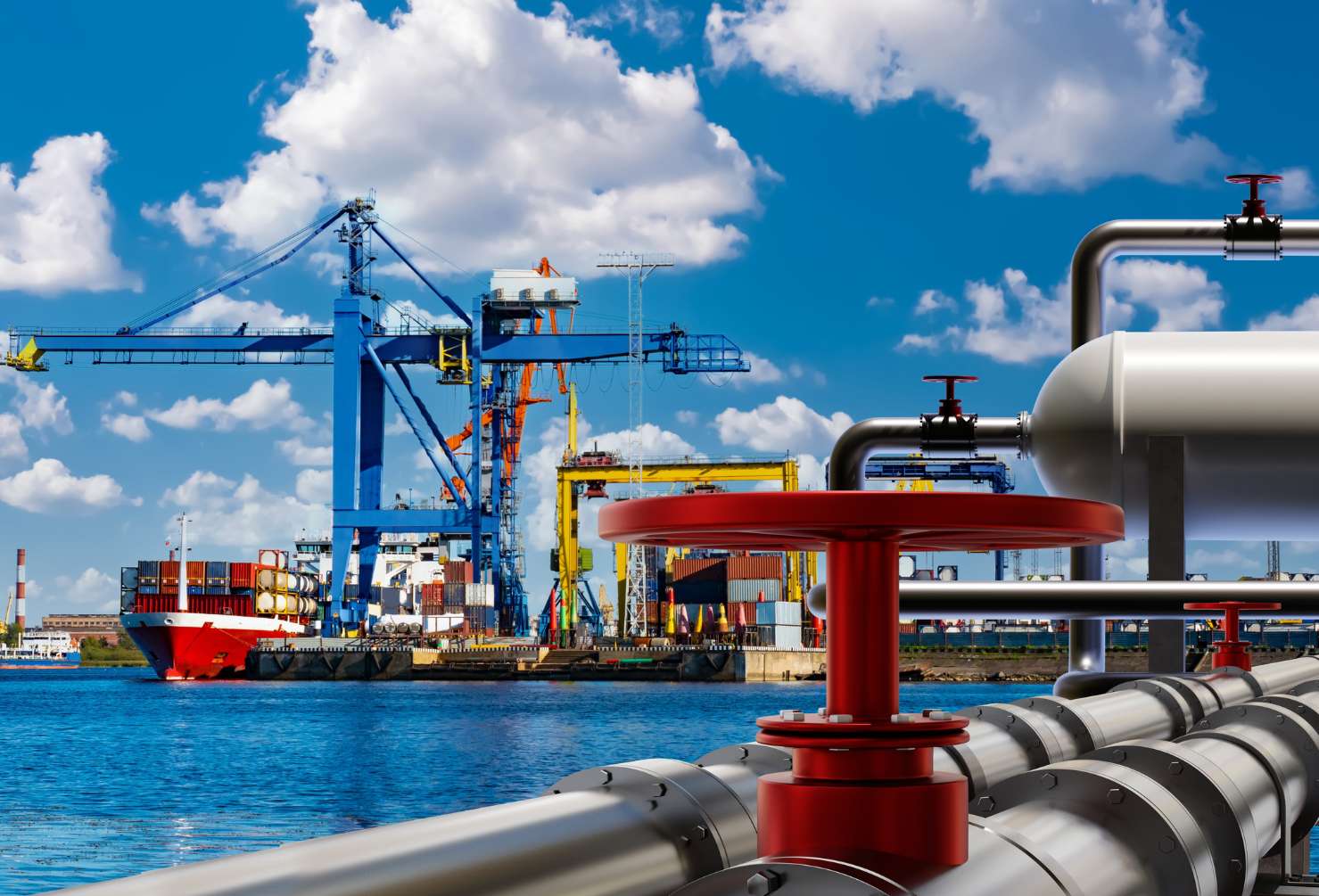
Australia’s oil and gas industry is governed by a complex regulatory framework designed to ensure the safety of operations, protect the environment, and promote sustainable development. In recent years, there have been significant regulatory changes that are reshaping engineering practices across the sector. These changes impact everything from project design and planning to operational procedures and environmental compliance. In this blog, we explore how these regulatory changes affect engineering practices in Australia’s oil and gas sector and provide strategies for engineers to navigate this evolving landscape.
Key Regulatory Changes Impacting the Industry
Several recent regulatory changes are having a profound impact on the oil and gas industry in Australia:
1. Stricter Environmental Regulations
Environmental regulations have become increasingly stringent, reflecting growing concerns about climate change and the need to protect Australia’s unique ecosystems. New regulations require more comprehensive environmental impact assessments (EIAs) for new projects, as well as ongoing environmental monitoring and reporting. These changes have significant implications for engineering practices, as engineers must ensure that project designs minimise environmental impact and comply with all regulatory requirements.
For example, the requirement to reduce greenhouse gas emissions has led to changes in how projects are designed and managed. Engineers are now tasked with implementing technologies and processes that reduce emissions, such as carbon capture and storage (CCS), flaring reduction strategies, and energy efficiency measures. Additionally, projects are required to incorporate measures to protect marine and terrestrial environments, including strategies to minimise habitat disruption and prevent pollution.
2. Enhanced Health and Safety Standards
The oil and gas industry has always prioritised safety, but recent changes to occupational health and safety (OHS) regulations have introduced more stringent requirements. These regulations require companies to adopt a more proactive approach to safety, focusing on hazard identification, risk assessment, and preventive measures. Engineers play a crucial role in ensuring that project designs and operational procedures meet these enhanced safety standards.
One significant change is the increased emphasis on safety during the design phase of projects. Engineers must now incorporate safety features into their designs from the outset, rather than relying on operational controls to mitigate risks. This includes designing equipment and facilities to withstand extreme conditions, incorporating fail-safe mechanisms, and ensuring easy access for maintenance and emergency response.
3. Decommissioning and Site Remediation Regulations
As many of Australia’s oil and gas fields approach the end of their productive life, decommissioning and site remediation have become important regulatory focuses. New regulations require companies to develop detailed decommissioning plans that outline how they will safely dismantle offshore and onshore infrastructure and restore the environment to its pre-exploration state. This includes removing platforms, pipelines, and other equipment, as well as cleaning up any residual contamination.
Decommissioning projects are complex and require careful planning and execution to minimise environmental impact and ensure safety. Engineers involved in decommissioning must consider various factors, including the structural integrity of facilities, the potential for contamination, and the logistics of removing large structures from remote or offshore locations. These projects also require close collaboration with regulatory agencies to ensure compliance with all requirements.
4. Emission Reduction Mandates
Australia has committed to reducing its greenhouse gas emissions under international agreements such as the Paris Agreement. As a result, the government has introduced regulations to reduce emissions from the oil and gas sector. These regulations require companies to measure and report their emissions, implement emissions reduction strategies, and adopt cleaner technologies.
Engineers are at the forefront of efforts to reduce emissions in the oil and gas sector. This includes developing and implementing technologies such as CCS, improving energy efficiency, and exploring alternative energy sources. Engineers must also consider emissions during the design and planning phases of projects, ensuring that new facilities are designed to minimise emissions from the outset.
How Regulatory Changes Affect Engineering Practices
The impact of these regulatory changes on engineering practices is significant:
1. Increased Complexity in Project Design and Planning
Regulatory changes have made project design and planning more complex. Engineers must now consider a wider range of factors, including environmental impact, safety, and emissions, when designing new facilities or modifying existing ones. This requires a more holistic approach to engineering, where multiple disciplines and considerations are integrated into a single project plan.
For example, designing a new offshore platform now requires consideration of not only the structural and operational requirements but also the potential environmental impact on marine ecosystems, the emissions profile of the platform, and the safety of personnel. Engineers must also consider how the platform will be decommissioned at the end of its life, ensuring that it can be dismantled safely and with minimal environmental impact.
2. Greater Emphasis on Collaboration and Communication
As regulatory requirements become more stringent and complex, there is a greater need for collaboration and communication among different teams and stakeholders. Engineers must work closely with environmental scientists, safety experts, regulatory compliance officers, and project managers to ensure that all aspects of a project comply with regulations.
Effective communication is also essential when working with regulatory agencies. Engineers must be able to explain their designs and plans clearly, demonstrate compliance with regulations, and respond to any concerns or questions raised by regulators. This requires strong interpersonal and communication skills, as well as a thorough understanding of regulatory requirements.
3. Need for Ongoing Professional Development
The changing regulatory landscape means that engineers must engage in continuous professional development to stay abreast of the latest regulations, standards, and best practices. This includes attending workshops and training sessions, participating in professional organisations, and obtaining certifications related to environmental management, safety, and emissions reduction.
Engineers must also stay informed about technological advancements that can help meet regulatory requirements. For example, new technologies in emissions monitoring and control, environmental protection, and safety management can help engineers design and operate facilities that comply with regulations while improving efficiency and performance.
Strategies for Engineers to Navigate Regulatory Changes
To effectively navigate these regulatory changes, engineers should consider the following strategies:
1. Stay Informed and Up-to-Date
Engineers should make a concerted effort to stay informed about the latest regulatory changes and industry developments. This includes regularly reviewing industry publications, attending conferences and seminars, and participating in online forums and discussions. Staying informed ensures that engineers are aware of new regulations and can adapt their practices accordingly.
2. Engage in Cross-Functional Collaboration
Effective collaboration with other disciplines, such as environmental science, safety management, and regulatory compliance, is essential to ensure that projects meet all regulatory requirements. Engineers should actively engage with these teams from the early stages of a project, working together to develop integrated solutions that address multiple regulatory and operational needs.
3. Leverage Technology and Innovation
Engineers should leverage technology and innovation to meet regulatory requirements more effectively. This includes using digital tools for monitoring and reporting, adopting advanced technologies for emissions reduction and environmental protection, and exploring new materials and processes that minimise environmental impact and enhance safety.
4. Develop Strong Communication Skills
Clear and effective communication is essential when working with regulatory agencies, project teams, and other stakeholders. Engineers should develop strong communication skills, including the ability to present complex technical information in an understandable way and to negotiate and advocate for their designs and plans.
5. Pursue Continuous Professional Development
Ongoing professional development is critical for engineers to stay ahead of regulatory changes and industry trends. Engineers should pursue opportunities for training and certification in areas such as environmental management, safety, and digital technologies. This not only enhances their knowledge and skills but also demonstrates a commitment to professional excellence and compliance.
Regulatory changes are reshaping the engineering landscape in Australia’s oil and gas sector, creating new challenges and opportunities for engineers. By staying informed, embracing collaboration, leveraging technology, and pursuing continuous professional development, engineers can navigate these changes effectively and contribute to a safer, more sustainable, and compliant industry. As the sector continues to evolve, the ability to adapt and innovate will be key to success in this dynamic regulatory environment.





